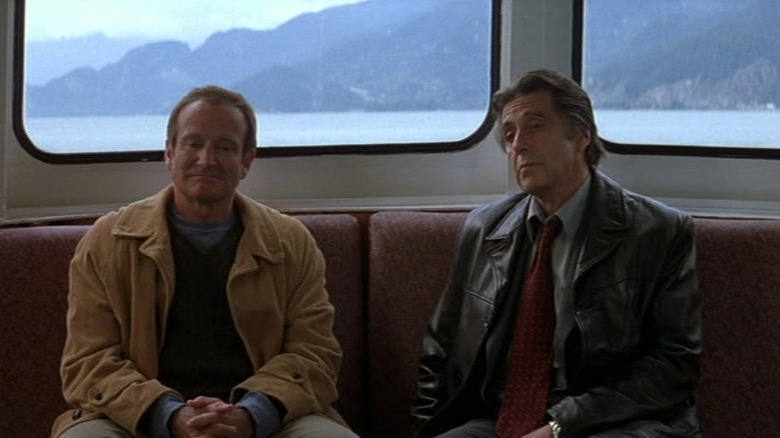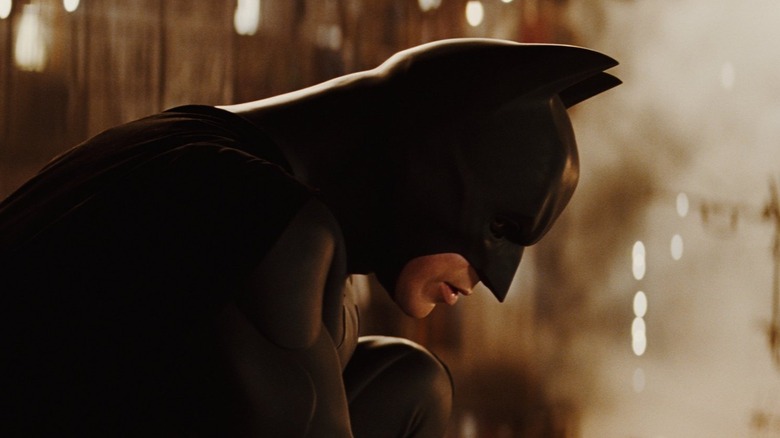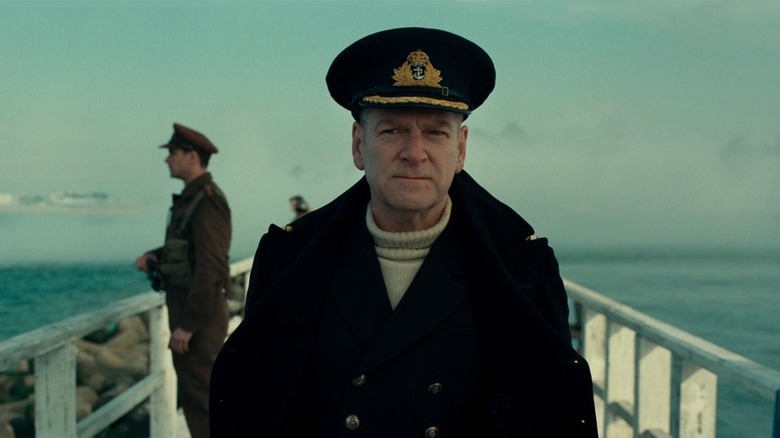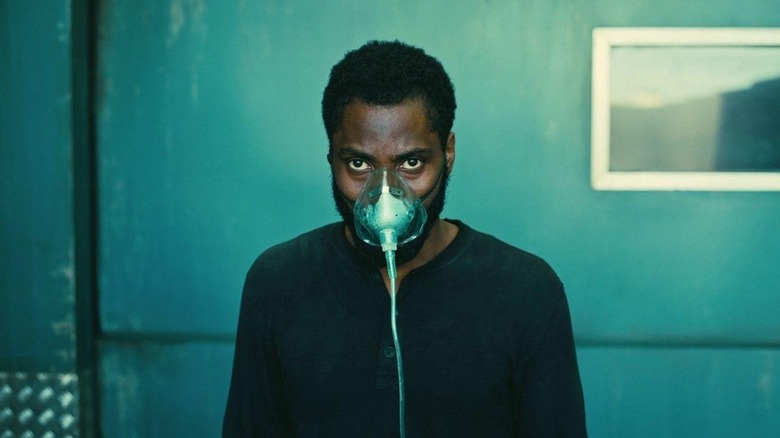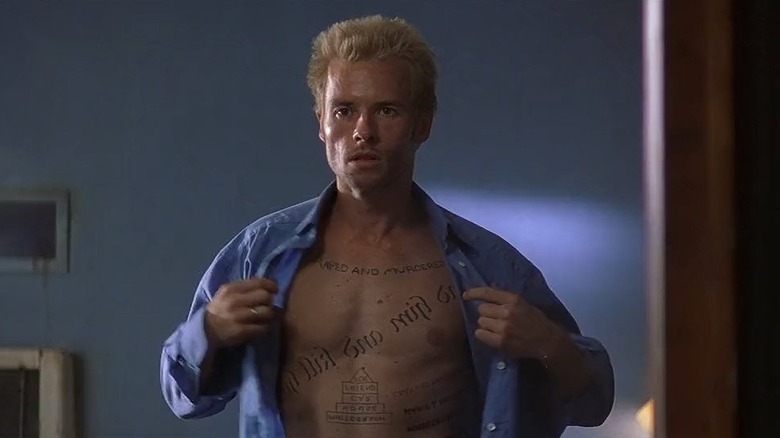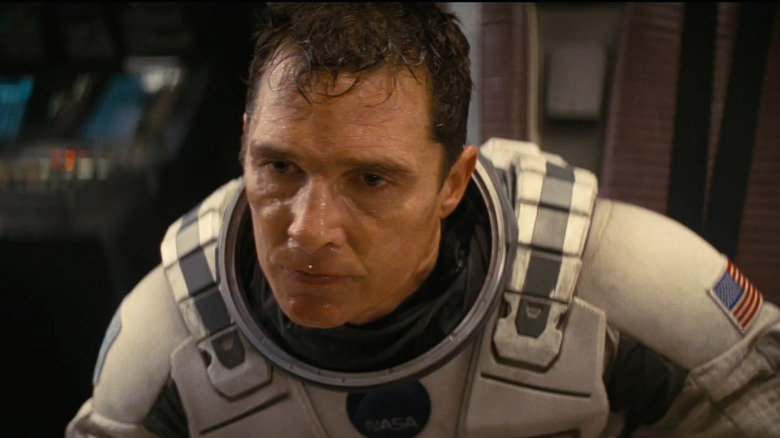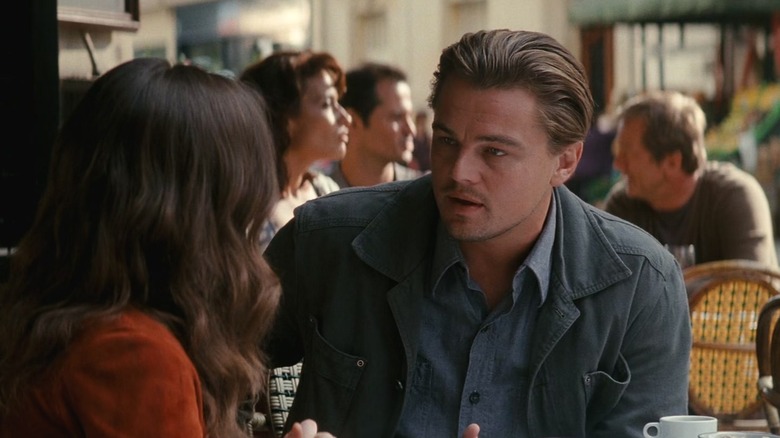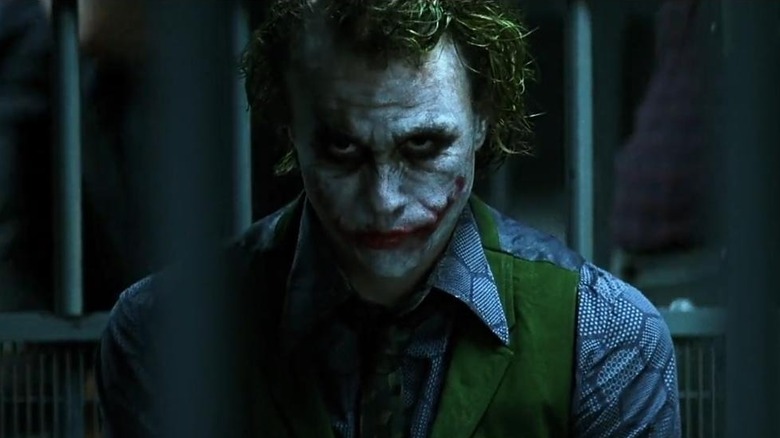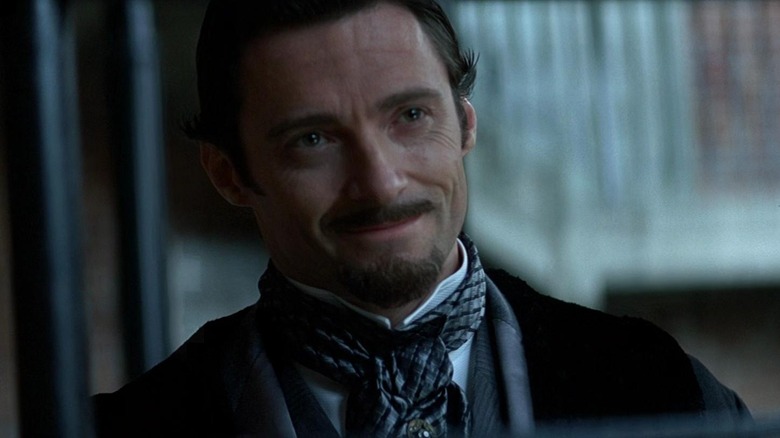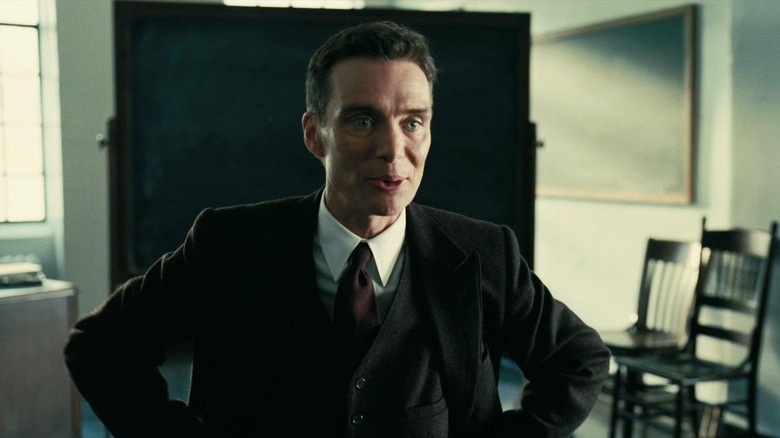may be one of the more ambitious superhero movies ever made. The hugely anticipated follow-up to the zeitgeist (and box office) shattering “The Dark Knight” had impossible shoes to fill, and it was not only missing the perfect cultural magnitude of its predecessor’s release but also had a striking Heath Ledger-sized gap to overcome.
The result is a film that plays as a perfunctory obligation, with Nolan and co-writers Jonathan Nolan and David S. Goyer cramming disparate Batman lore and weighty, elusive themes into a hodgepodge that’s difficult to parse. This is especially true watching the film at home years down the line and away from where Nolan’s films really shine: on a towering IMAX screen with a booming in-theater sound system. That setting affords this film’s action set pieces some admirable gravitas, and Nolan’s ability to assemble a marvel of an immense sensory experience is undeniable. But it’s all in service of a film that gets in over its head trying to find a meaningful way to wrap this up as an overarching franchise, as opposed to the conclusive lightning-in-a-bottle that was achieved with the film that came prior.



